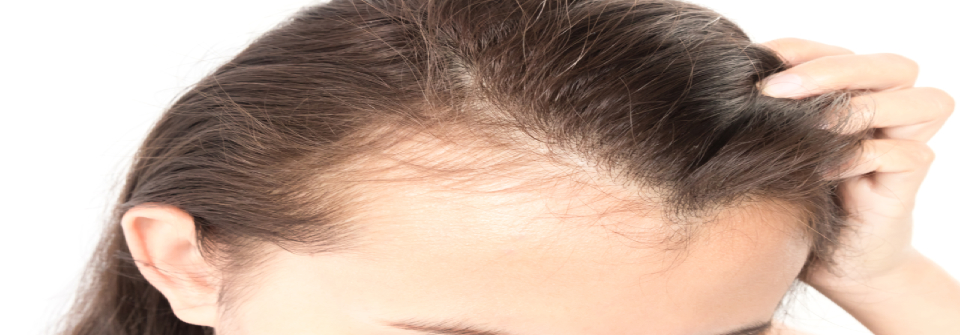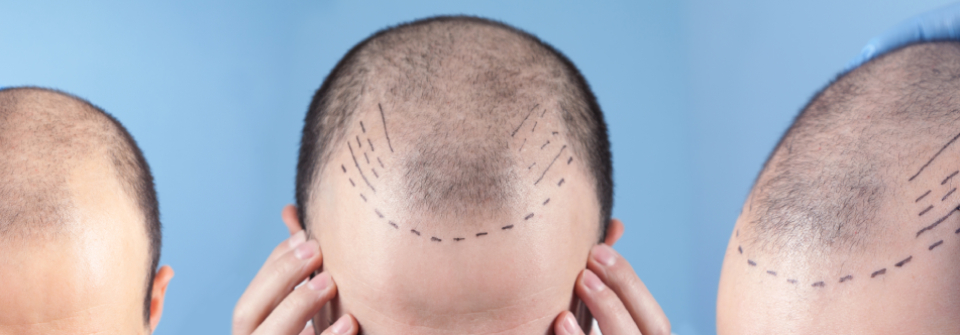
Gynecomastia in Teenagers: When to Worry and What to Do
Introduction
Gynecomastia is a common condition in teenage boys, characterized by the enlargement of breast tissue due to hormonal imbalances. While it can be a temporary and harmless condition, it often raises concerns regarding health, self-esteem, and social stigma. Understanding when to worry and what to do about gynecomastia can help teenagers and their parents manage this condition effectively.
Causes of Gynecomastia in Teenagers
1. Hormonal Imbalance (Puberty-Related)
During puberty, hormonal fluctuations, especially an imbalance between estrogen and testosterone, can lead to temporary breast tissue enlargement. This usually resolves within a few months to a couple of years.
2. Obesity and Pseudogynecomastia
Excess fat accumulation in the chest can create the appearance of enlarged breasts, a condition known as pseudogynecomastia. Unlike true gynecomastia, this is caused by fat deposits rather than glandular tissue growth.
3. Medications and Drug Use
Certain medications, such as antidepressants, steroids, and drugs like marijuana, can contribute to gynecomastia by affecting hormonal levels.
4. Underlying Medical Conditions
Liver disease, kidney disorders, thyroid imbalances, and tumors affecting hormone production can also trigger gynecomastia in teenagers.
5. Genetic Factors
Some boys may have a genetic predisposition to gynecomastia, making them more likely to experience it during puberty.
When to Worry?
- Persistent swelling that lasts beyond two years
- Pain or tenderness in the chest area
- Uneven or asymmetrical breast growth
- Presence of hard lumps under the nipple area
- Emotional distress or significant self-esteem issues
If any of these symptoms occur, it is advisable to consult a healthcare professional for further evaluation.
Diagnosis and Medical Evaluation
A doctor will typically perform a physical examination to assess the severity of gynecomastia. Additional diagnostic tests may include:
- Blood Tests: To check hormonal levels
- Imaging (Ultrasound/Mammography): To differentiate gynecomastia from other conditions, such as cysts or tumors
- Hormonal Analysis: To identify any underlying endocrine disorders
Treatment Options
The approach to treating gynecomastia depends on its cause and severity. Some common treatment options include:
1. Observation & Natural Resolution
Most cases of pubertal gynecomastia resolve on their own within a few months to two years without any medical intervention.
2. Lifestyle Changes
- Exercise: Strength training and cardiovascular workouts can help reduce body fat and improve overall physique.
- Healthy Diet: Reducing processed foods, sugar, and excess dairy while increasing protein and fiber intake can help manage weight and hormone balance.
3. Medical Treatments
If the condition persists or causes significant discomfort, doctors may prescribe medications such as tamoxifen or aromatase inhibitors to regulate hormone levels.
4. Surgical Intervention
In severe cases, especially when gynecomastia is causing emotional distress or has not resolved after years, surgical options may be considered:
- Liposuction: Removes excess fat but does not remove glandular tissue.
- Mastectomy: Removes glandular tissue for a more permanent solution.
Psychological and Social Impact
Gynecomastia can affect a teenager’s confidence and mental health. Many boys with the condition experience:
- Social anxiety and embarrassment
- Bullying or teasing
- Reluctance to participate in activities like swimming or sports
Counseling, peer support groups, and open conversations with family members can help teenagers cope with these emotional challenges.
Prevention and Long-Term Management
While some causes of gynecomastia are beyond one’s control, the following measures may help reduce the risk:
- Maintaining a balanced diet and active lifestyle
- Avoiding steroid and drug use
- Managing underlying medical conditions early
- Regular health check-ups to monitor hormonal balance
Conclusion: Expert Care at Livglam Aesthetic Clinic
For teenagers struggling with persistent gynecomastia, expert guidance and advanced treatments can make a significant difference. Livglam Aesthetic Clinic is a trusted destination for aesthetic and medical solutions, offering state-of-the-art procedures for gynecomastia treatment. With a team of skilled professionals, Livglam specializes in personalized care, ensuring safe and effective results tailored to each patient’s needs.
At Livglam, we understand the emotional and physical concerns associated with gynecomastia. Our clinic provides advanced treatments, including minimally invasive procedures, to help teenagers regain their confidence and achieve a more sculpted appearance. If you or your child is experiencing persistent gynecomastia, consulting with our experts at Livglam Aesthetic Clinic can be the first step toward a solution.
For more information, visit Livglam Aesthetic Clinic and explore how we can help restore confidence and well-being.












